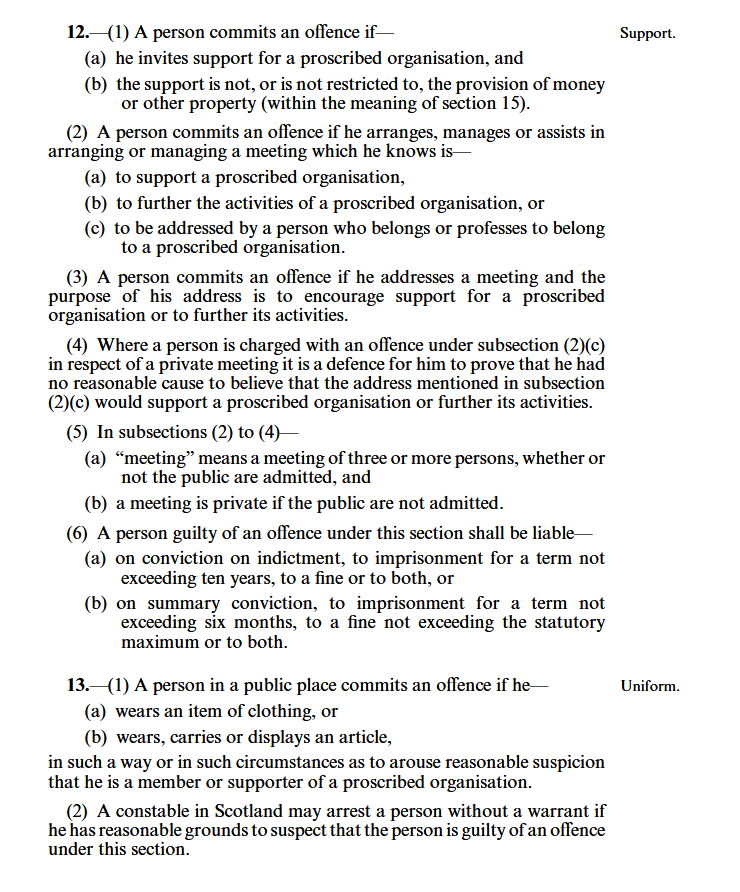How to Sell on Walmart Marketplace? Beginner's Guide

Walmart is all about making life easier for shoppers through multiple offers and sales events like Back-to-School and Back-to-College Sales, Walmart Rollbacks, and Special Buys, whether in their stores or online. They focus on convenience, affordability, and trusted brands.
With Walmart’s expansion into the online marketplace, it’s a fantastic opportunity for businesses. It’s like having your products in a department store but with the reach and ease of e-commerce.
If you haven’t started selling on Walmart’s Marketplace yet, it’s something to consider seriously.
We know you might have questions, so we’ve created a guide just for you. It’s designed to simplify the process and help you succeed in selling on Walmart online, all while keeping Walmart’s commitment to shoppers in mind.
What is Walmart Marketplace?
Walmart Marketplace stands out for its reputation for low fees, rapid payment processing, and a vast product catalog, including groceries, electronics, and apparel.
Additionally, sellers on this platform have greater control over their products and pricing strategies, enabling them to optimize sales and expand their businesses. With its vast customer base and user-friendly selling options, Walmart is a compelling option for online merchants seeking to increase their customer base and revenue.
Why Sell on Walmart Marketplace?
If you’re in the business of selling products and want to boost your revenue, Walmart Marketplace is a compelling platform to consider. While Amazon and eBay are well-known choices for online selling, Walmart Marketplace offers unique advantages that can help your business thrive.
Massive Customer Base
Walmart is not just any retailer; it’s the world’s largest, operating in 24 countries with over 10,593 stores. This extensive presence translates into a colossal customer base. Every week, 140 million customers visit Walmart, in-person or online.
Brand Trust
Walmart is a household name with a stellar reputation. Shoppers trust the Walmart brand, which can boost your products’ credibility instantly.
Wide Selection and Low Prices
Walmart is renowned for offering a vast array of products at competitive prices. This combination of selection and affordability sets Walmart apart from its competitors.
Rapid Growth
Walmart’s impressive growth is an attractive factor for sellers. In the last reported quarter of 2023, Walmart’s sales in both physical stores and e-commerce reached $110.90 billion, marking a 6% year-over-year increase. The company’s annual revenue currently stands at a whopping $572.75 billion.
Global Presence
With 10,593 locations worldwide across 20 countries, Walmart has a global reach that can help your products find customers in the United States and worldwide.
Strong U.S. Presence
Walmart operates 4,650 locations in the U.S. alone as of November 2022, making it a dominant force in the American retail landscape.
Selling on Walmart Marketplace offers access to an enormous and diverse customer base, the trust and recognition of the Walmart brand, competitive pricing, and the opportunity to tap into a rapidly growing retail giant. It’s a strategic move that can significantly expand your business and increase sales. So, if you want to take your online sales to the next level, Walmart Marketplace is a compelling platform to explore.
What You Need to Sell On Walmart Marketplace?
If you’re considering becoming a seller on Walmart Marketplace, there are some essential requirements you need to meet. While Walmart is eager to collaborate with third-party sellers, it’s equally committed to safeguarding its brand and reputation. Here’s what you need to get started:
Legitimate U.S. Business
To join the program, your business must be a legitimate entity operating in the United States. This means you need a distinct business name, a physical address, a valid tax I.D., and appropriate licensing. Furthermore, your information must align with what you’ve previously shared with the IRS. Ensuring this match can expedite your approval process with Walmart.
Track Record of Online Sales
Walmart expects you to demonstrate that your business has a track record of success in online sales. This could involve prior experience on another e-commerce platform or marketplace.
Compliance with Prohibited Products Policy
Your products must align with Walmart’s Prohibited Products Policy. This means that the items you intend to sell must meet Walmart’s guidelines and not fall into any prohibited categories.
GTIN/UPC GS1 Company Prefix Numbers
Each product you plan to sell should have a GTIN (Global Trade Item Number) or UPC (Universal Product Code) with GS1 Company Prefix Numbers. These identifiers help ensure product accuracy and quality.
Order Fulfillment
Walmart has specific requirements for order fulfillment. It would be best to use Walmart Fulfillment Services (WFS) or operate from a B2C U.S. warehouse capable of efficiently processing returns.
Walmart takes these requirements seriously, so if your business still needs to meet these criteria, it’s crucial to step back, invest in the necessary documentation and infrastructure, and then apply to become a Marketplace seller. Meeting these prerequisites aligns you with Walmart’s standards and sets you up for success as a trusted seller on the platform.
How to Become a Seller on the Walmart Marketplace?
If you’re interested in selling your products on Walmart’s Marketplace, here’s a step-by-step guide to get started:
Step 1: Apply for a Walmart Seller Account
Begin by applying for a Walmart Marketplace seller account. Provide details about the type of products you intend to sell and information about your business. Be prepared with the following:
- U.S. Business Tax ID
- W9 or W8 and EIN Verification Letter from the Department of Treasury
- Plans for integrating your product catalog (bulk upload, API, solution provider)
- Primary product categories, catalog size, and related information
- History of marketplace or e-commerce success
- Review Walmart’s Prohibited Products Policy to ensure your product offerings comply with their guidelines. Even one prohibited item can lead to immediate application denial.
The more detailed and accurate your application, the faster Walmart is likely to approve it. Depending on business size and qualifications, approval times can vary, but Walmart provides an application status tracker.
Note: Walmart does not allow individuals to sell on its platform; you must have a business tax I.D.
Step 2: Register Your Business and Set Up Your Account
After approval, complete the account registration process, including:
- Creating your account
- Accepting the Walmart Retailer Agreement
- Registering your company
- Filling out tax forms
- Setting up a payment processor account
- Selecting a shipping pricing model
Step 3: List Your Products
Start listing your products on Walmart Marketplace. There are several ways to upload your product catalog:
- CSV file bulk upload: Suitable for smaller catalogs, create a CSV file listing your products following Walmart’s file upload guidelines.
- API integration: Connect your e-commerce platform or order management system to Walmart Marketplace via API for more extensive catalogs.
- Integration partner: If you use platforms like Shopify, WooCommerce, or BigCommerce, consider using an integration partner to link your product catalog directly.
Ensure you understand Walmart’s product attributes to distinguish your products from competitors. These attributes include product details, pricing, descriptions, and shipping options.
Step 4: Conduct a Test Run Before Going Live
Test your product catalog for any issues before making it live. You can send your entire catalog or a portion of it for testing. Products added to the catalog will be in a “Stage” status, allowing you to preview them and check for issues.
Conduct test orders to ensure a smooth customer experience, testing scenarios like order acknowledgment, cancellation, and refund.
Step 5: Launch Your Account and Start Selling
You’re ready to go live once you’re satisfied with how your listings display and your account functions. Walmart will perform a final review before releasing your account. Once live, your items will be published to the marketplace and available for purchase within hours, becoming searchable in 24-48 hours.
By following these steps, you can become a Walmart seller on Walmart Marketplace and start selling your products to a broader customer base.
Ready to Start Your eCommerce Business On Walmart
Starting your eCommerce business on Walmart Marketplace is exciting, and eMarspro is here to help. We have a team of Walmart experts who know the ins and outs of selling on Walmart.
Walmart is a great place to showcase your products because many shop there for convenient and affordable items. But selling on Walmart can be tricky, and that’s where we come in.
Our eCommerce experts will guide you through everything, from setting up your seller account to making your products look great and managing your stock. We know all about Walmart’s rules, and we’ll help your products stand out in the crowd.
Whether you’re new to selling or already have experience, we’ll give you personalized advice. We’ll help you create a strong brand, determine the correct prices, and use marketing to attract more people to your products.
With eMarspro by your side, you’ll be ready to start and grow your eCommerce business on Walmart Marketplace. You’ll reach a big group of potential customers, and we’ll ensure it goes smoothly for you.
Final Words
In online marketplaces, choosing the right platform can make all the difference in getting your products noticed and standing out from the crowd. When you decide to sell on Walmart Marketplace, you’re essentially unlocking access to a much larger audience than you might have had access to previously.
Of course, competition exists on Walmart Marketplace, too, but it’s notably less intense compared to giants like Amazon and Shopify.
The key takeaway here is that by opting for Walmart Marketplace, you’re positioning your e-commerce business to differentiate itself from competitors found on other platforms. It’s a strategic move that can set you apart in the ever-evolving world of online retail.


























(36).jpg)


(7).jpg)














